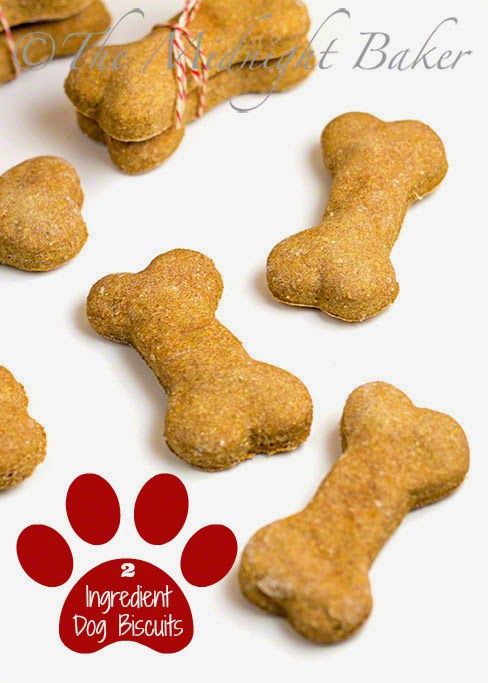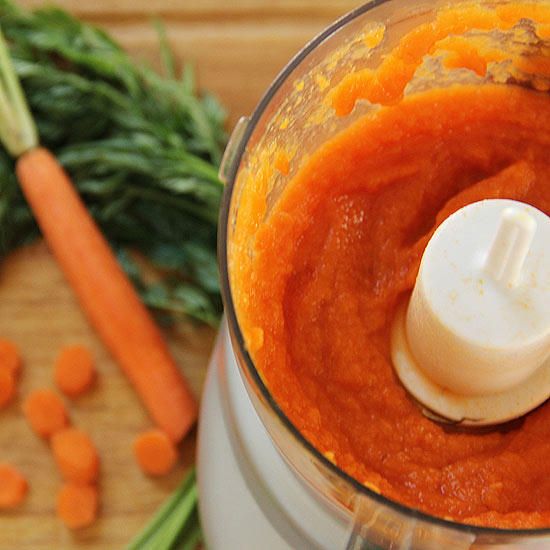Feeding baby mice milk
Can Baby Mice Drink Milk? 5 Things to Consider
Baby mice will eat only milk from their mother in the early stage of their life. In case the pups remain orphans, you can feed them diluted kitten milk formula. They need to eat milk every hour until they open their eyes, which takes about 2-3 weeks.
So, if you want to raise baby mice by hand, you are making a big commitment.
Besides kitten milk formula, you can also consider other types of milk. Many baby mice pet owners will consider cow milk, goat milk, almond milk, or other types of milk. They are all viable, but there are some things you should note.
Cow milk, for example, doesn’t have the same nutrients as mice milk has, and is thus not really the best for your baby mice. Almond milk is similar, although goat milk is often better than both because it has similar nutrients to mice milk.
Other supplements can be considered, although these are sometimes not the best, either. They can contain quite a lot of additives, which makes them unhealthy for the baby mice, and sometimes even harmful if they are fed in larger quantities.
In this article, we’ll take a look at what types of milk you can feed to your baby mice and what you should know about each type of milk.
Can Baby Mice Drink Cow Milk?
Baby mice can drink cow milk, however, it is not the best choice, because cow milk doesn’t have the same types of nutrients as the mice milk has, therefore they will get malnourished and will not grow as fast. On top of that, they might develop health problems too.
Cow milk is slightly different in its build from mouse milk. It has different nutrients, and these nutrients are primarily made for cows. They are also good for humans, but this milk is not the best for growing your mice.
That’s because it just doesn’t have the right nutrients. And because of that, your mice might not grow as quickly, and they might not even grow completely at all. You will need to add other supplements to their diet to help them grow faster.
Can Baby Mice Drink Goat Milk?
Yes, baby mice can also drink goat milk.![]() It’s a good type of milk for mice, because it’s much closer to mice milk than what cow milk is. The composition is actually quite similar, and it makes it a slightly better type of milk for mice.
It’s a good type of milk for mice, because it’s much closer to mice milk than what cow milk is. The composition is actually quite similar, and it makes it a slightly better type of milk for mice.
However, goat milk is still not the best for mice. While it is somewhat similar to mice milk, it still doesn’t have the same nutrients as mouse milk.
You can’t raise a mouse alone on goat milk. Sometimes, again, you will need to add other supplements but also other types of food to allow them to grow better.
Goat milk is often considered as a good type of milk for mice, especially when the mouse is growing up. And it’s true: goat milk is a great type of milk, and better than cow milk, too, especially for mice.
But again: it doesn’t have the right type of nutrients for mice. It’s better than cow milk, but still not close to the mice milk.
Can Baby Mice Drink Almond Milk?
Yes, baby mice can also drink almond milk, and they will like it very much. It’s very light and won’t cause many belly problems.
However, again, this type of milk doesn’t have the required nutrients for an orphan mouse to grow. It is not a great type of milk to grow your mice fast, and you should consider other options instead.
Can Mice Drink Baby Formula Milk?
Not really. It’s not the best type of food for baby mice, even if it might seem a good idea. The truth is that this type of food will have a lot of additives that are not the best for mice.
These additives are made for human babies, and they are primarily made for humans. But for mice, they might be toxic and even harmful.
So you should not really try to feed the baby formula milk, even if it has a lot of nutrients inside. Instead, consider other options which we will discuss next.
What Type of Milk to Feed Baby Mice?
The best way to replace the real baby mice milk is to feed the babies a milk formula. We’ve already said that human baby milk formula is not the best, but what will work for mice?
Consider feeding them Kitten Milk Replacer.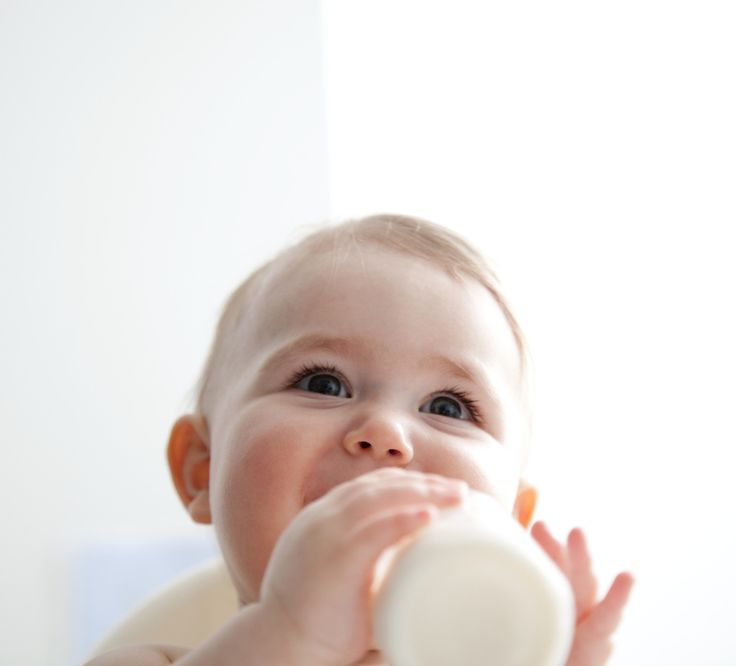 This product is primarily for cats, but it has a lot closer type of composition to mouse milk than most other types of milk formulas.
This product is primarily for cats, but it has a lot closer type of composition to mouse milk than most other types of milk formulas.
This type of milk formula is often recommended to those who have orphan baby mice and want to find a way to naturally replace the milk that will help the mice grow faster and better.
And this formula is perfect: it has almost the same composition as mouse milk, and it has all the desired nutrients that mice need to grow. After all, mice and cats sometimes try to consume similar things, even though cats are slightly more carnivorous.
But for babies, they have very similar requirements. And this milk formula covers almost all of those requirements, and it’s as close as you can get to natural mouse milk.
Conclusion
Mice can drink almost any type of milk. They will drink cow milk, goat milk, and almond milk, and most other types of milk.
In fact, milk is one of the first foods you should consider for baby mice.
However, not all types of milk have the right nutrients for mice. Instead, you should consider a cat milk formula. It’s a great replacement for natural mice milk because it has all the nutrients needed for mice to grow.
Instead, you should consider a cat milk formula. It’s a great replacement for natural mice milk because it has all the nutrients needed for mice to grow.
You can learn more about caring for orphan mice and rats on AFRMA website.
How to Take Care of Baby Mice
By Lee Parker | Updated September 26, 2017Caring for orphaned baby mice is not easy; many infant mice don't make it through the first week due to heat loss, lack of nutrition or sickness. If the baby mouse is a pinkie; that is, without any fur, raising him to adulthood is difficult, but not impossible. With feedings every one to two hours and plenty of warmth, he has a decent chance of survival.
Supplies to Have on Hand
Being prepared is the first step in the successful raising of an orphaned baby mouse. Items to have on hand include Pedialyte, a small syringe, a heating pad or hot water bottle and soft nesting material such as old T-shirts, blankets and small stuffed animals. Puppy milk replacement, found at most pet food stores, is also important, as this is the closest option to mouse milk available.
Puppy milk replacement, found at most pet food stores, is also important, as this is the closest option to mouse milk available.
Where to Start
Inspect the baby mouse first for any wounds or signs of illness such as blood around the nose, or labored breathing. You also will need to stimulate the baby mouse to go to the bathroom; he cannot do this on his own. Mimic the mother's natural way of licking his genitals by using a damp cotton swap, or the tip of your finger. You will need to do this after every feeding until the baby mouse is able to void on his own.
Full Bellies Are Important
Feed the baby mouse by filling a small 1 cubic centimeter syringe with puppy milk replacement and slowly administering it into his mouth. Be careful not to press too hard on the syringe or the mouse will aspirate; you will see milk come from his nose. Position the baby mouse upright and belly down for his feedings. For the first three feedings, dilute the puppy milk replacement with a little water and watch for diarrhea. If the stools are mustard yellow, everything is normal.
For the first three feedings, dilute the puppy milk replacement with a little water and watch for diarrhea. If the stools are mustard yellow, everything is normal.
Warm Nests Make Happy Babies
When using a heating pad for your baby mouse, never place the mouse directly on the pad and always keep the pad setting on low. A too-warm pad can dehydrate a baby mouse quickly. If he has other orphaned siblings, keep all the baby mice together and ensure one does not wander off on his own. Fill the mouse's enclosure with plenty of bedding, both under and above the baby mouse. Do not cover the mouse in an airtight container, but do keep him under wraps to trap heat.
Tips and Tricks
Warm the formula for the baby mouse by placing it in warm tap water for a few minutes. The baby mouse will indicate when it is full, but a helpful trick for expected formula amounts is to weigh him first. The mouse's weight in grams, divided in half, equals the amount of cc's he should be eating.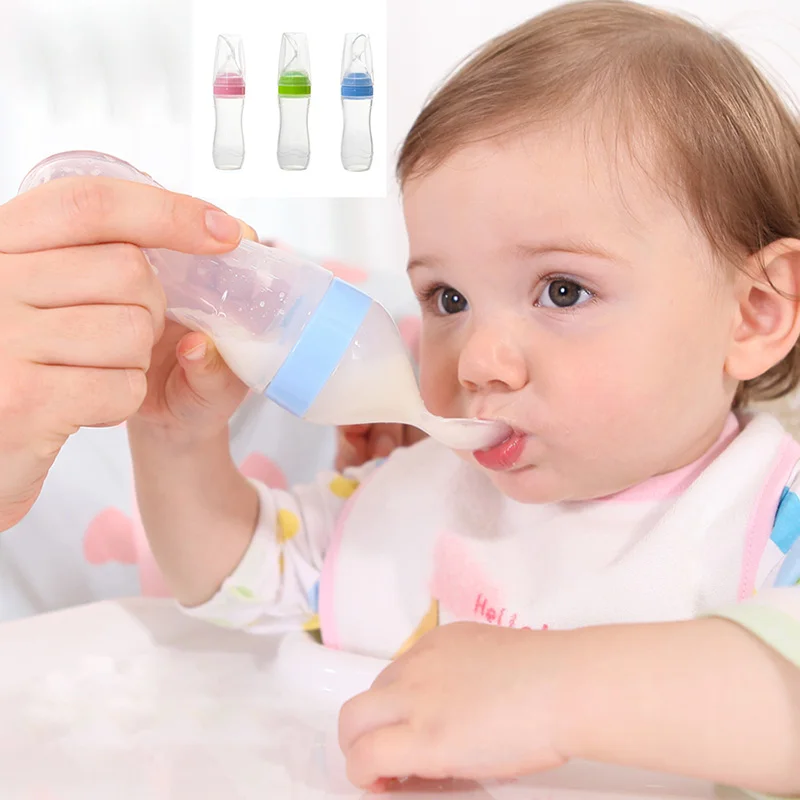 If the mouse refuses to drink, try using Pedialyte before attempting formula again.
If the mouse refuses to drink, try using Pedialyte before attempting formula again.
References
- The Fun Mouse: Orphaned Mice
- Rat and Mouse Club of America: Orphaned Rats and Mice
- Rat Fan Club: Raising Orphaned Rats and Mice
- Fancy Mice: Baby Care
- The Complete Care of Baby Animals: Expert Advice on Raising Orphaned, Adopted or Newly Bought Kittens, Puppies, Foals, Lambs, Chicks and More; C. E. Spaulding, Jackie Clay
Photo Credits
Peculiarities of caring for young animals. Mice
Special care for young animals
Mice develop rapidly, 6–7 days after birth, their body weight doubles, and the size of the body also increases. The sex of animals immediately after birth is difficult to distinguish, but females grow more slowly than males.
After 3-5 days after birth, the ears of ornamental mice open, hair begins to appear on the body. The eyes of mice open at the age of 14 days.
After two and a half weeks after birth, during the absence of the female, the cubs can be taken out of the nest for a while.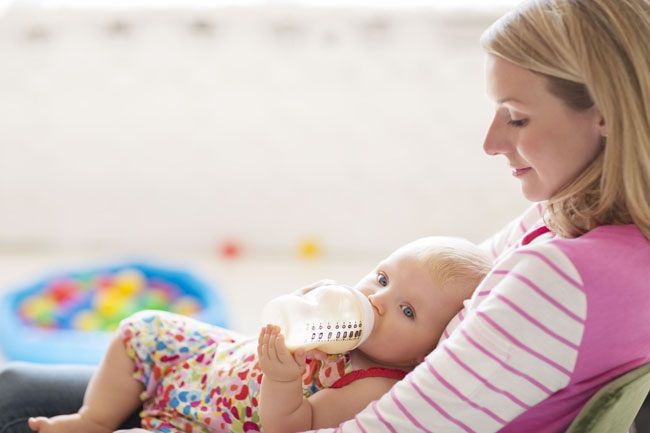 In this way, you can check their health, as well as determine what gender they are. At the 3rd week of life, the animals get out of the nest and begin to feed on their own, eating, in addition to mother's milk, other types of feed. At this time, you can transplant offspring from the female.
In this way, you can check their health, as well as determine what gender they are. At the 3rd week of life, the animals get out of the nest and begin to feed on their own, eating, in addition to mother's milk, other types of feed. At this time, you can transplant offspring from the female.
In the first weeks of life, mice grow very quickly and in a month reach a weight of 11–12 g. Body length at this age is 6 cm, tail length is 5 cm. Depending on the diet and conditions of keeping, the body weight of animals may vary slightly.
The sex of decorative rodents is determined by external signs. In females, for example, nipples are visible from early childhood. In males, gender immediately after birth is almost not expressed - the testicles are not palpable, since in the first days of the animal's life they lie in the abdominal cavity, and descend into the scrotum only in the second week of life.
Decorative mice grow and develop much more slowly than, for example, voles and other wild mice. The cubs reach full development in a month, by this period they have puberty.
The cubs reach full development in a month, by this period they have puberty.
It is important to monitor the growth of the young. Regular weighing of animals helps to control this process. The length of the body is measured from the tip of the nose to the base of the tail using a centimeter tape. When carrying out these procedures, care must be taken in handling mice, to prevent their anxiety.
Comparing the measurement results with those given in Table. 6 indicators, we can conclude how correctly the development of animals occurs. An increase in body weight and size is an indicator of normal nutrition. In case of deviations, it is recommended to approach the diet of rodents more carefully.
Table 6
Weight of decorative mice depending on age
It is possible to separate cubs from their parents after the manifestation of their independence. Males and females can be kept together in a common cage until puberty. At this time, young animals should be fed in the same way as their parents, paying attention to the fact that the diet includes as much vitamin food as possible (sprouted wheat, fresh herbs, fish oil, etc.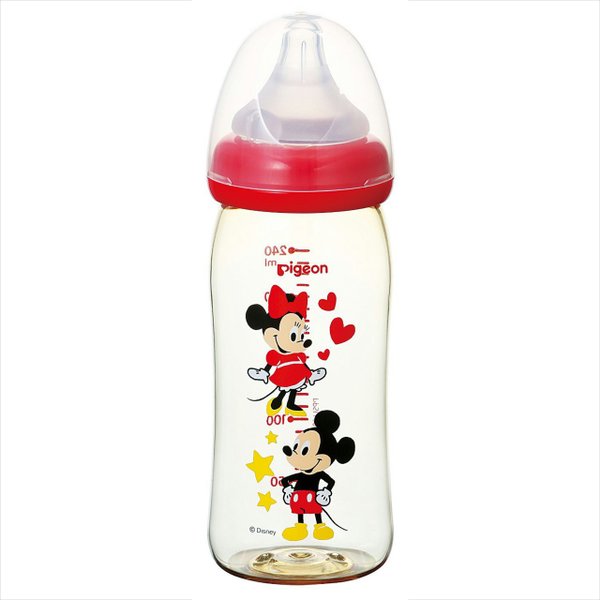 ).
).
During lactation, it is recommended to include oatmeal, boiled or pasteurized milk and infant formula in the diet of lactating females. The same products can be given as complementary foods to mice from 3 weeks of age. After some time, other types of feed are gradually introduced into the diet of young animals: bran, milk, dried fruits, crushed grain mixture consisting of oatmeal, sunflower seeds, corn and peas. New types of food are given in small quantities so that the body of mice can gradually get used to them. Green and succulent foods should be introduced into their diet very carefully so as not to cause digestive upset.
In the event that females do not have milk, newborn mice are transferred to artificial nutrition. They are fed from a pipette with 26% dry milk (diluted at the rate of 2 tablespoons per 0.5 cup of warm water), 2-3 drops 6 times a day. After about 3 weeks, they are transferred to 5 meals a day, and after another 1.5–2 months - to 2 meals a day.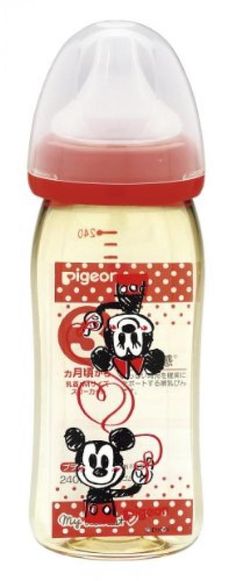 Feeding is done 2 times a day, morning and evening.
Feeding is done 2 times a day, morning and evening.
Young animals should be given limited amounts of water during growth and development.
Both with natural and artificial feeding of rodents, it is necessary to regularly give them types of feed rich in vitamins and microelements.
When artificially feeding decorative mice, it is recommended to carefully observe sanitary and hygienic rules. Drinkers and pipettes should be washed and boiled before each use to prevent disease.
Already shortly after giving birth, the female mouse is capable of repeated fertilization, since at this time she has the so-called postpartum estrus. Therefore, during this period it is better not to allow the male to her, since pregnancy that occurs during the period of feeding the cubs can greatly weaken the body of the female.
As mentioned above, artificial feeding is a very difficult task, and many cubs, despite all human efforts, do not survive. One of the reasons for this may be that the baby was born very weak or artificial feeding began too late for him. Another common cause of death for motherless babies is inhalation of milk. In addition, mice can die from infection, since no food other than mother's milk contains antibodies that prevent harmful viruses and bacteria from entering the animals' body.
Another common cause of death for motherless babies is inhalation of milk. In addition, mice can die from infection, since no food other than mother's milk contains antibodies that prevent harmful viruses and bacteria from entering the animals' body.
Grown-up mice
Caring for young animals, while observing the basic rules of keeping, does not require much effort, especially if the female takes care of the offspring and does not refuse to feed. In addition to regular weighing, you should also pay attention to the general condition and behavior of the mice. This allows you to timely identify deviations in physical development and correct them.
Young mice are especially shy and should be gradually accustomed to human presence. When examining and feeding, try to avoid sudden movements and loud noises.
This text is an introductory fragment.
Young Animal Care
Young Animal Care Hatched chicks do not regulate body temperature well, so they need to create an optimal temperature regime for them. In the first week, the temperature should be 32 ° C, in the second - 29°C, third - 27 °C, fourth - 24 °C, fifth - 21 °C, in
In the first week, the temperature should be 32 ° C, in the second - 29°C, third - 27 °C, fourth - 24 °C, fifth - 21 °C, in
Young Animal Care
Young Animal Care The temperature in the room where the ducklings are kept should be 28–30 ° C in the first week, 20–22 ° C in the second, and 18–20 ° C in the third. Chicks should be protected from drafts. We recommend using wood shavings or
as bedding.Young stock care
Young Animal Care After hatching, the goslings are allowed to dry under the goose, then they are placed in a basket or box and kept in a warm place with good ventilation. After the withdrawal of all the goslings in the evening, they sit down with the goose and see if she accepted them. In addition to your own, you can go to the goose
Young Animal Care
Young Animal Care You can grow turkey poults under a brood hen, in cages, on a paddock. The first 8 weeks are the most crucial period, as a rule, at this time, the chicks are raised under a brood hen or indoors, and then they are released for walking. Up to 18
The first 8 weeks are the most crucial period, as a rule, at this time, the chicks are raised under a brood hen or indoors, and then they are released for walking. Up to 18
Young Animal Care
Young Animal Care After drying, the chicks are placed in cardboard boxes or boxes, 15–20 heads per 1 m2 of floor area. The floor of the box is covered with paper or woven bedding, which is changed every day. To heat the room in which the cesareans are kept, use a lamp,
Features of caring for a kitten
Features of caring for a kitten Taking care of a kitten is not just about washing its bowl and cleaning out its litter box. It is also care for the coat, eyes, ears and paws of the kitten. Counts. that a three-month-old baby has already completed a course of study with his mother and learned some hygiene rules. He
14 Special care for different breed groups
fourteen Features of care for different groups of breeds Dogs have always helped a person to hunt, herd livestock, guarded, etc. Depending on the work that they had to do, dogs began to be classified as hunting, hounds and greyhounds, service dogs,
Depending on the work that they had to do, dogs began to be classified as hunting, hounds and greyhounds, service dogs,
Young Animal Care
Young Animal Care The jigging of rabbits from a rabbit is one of the most crucial moments in rabbit breeding. If, after weaning from the mother, the young animals are not provided with the correct conditions for keeping and feeding, this threatens with colds and gastrointestinal diseases. Not
5 CAT BREEDS AND CARE
5 CAT BREEDS AND PECULIARITIES OF CARE OF THEM Currently, there are many breeds of cats that differ from each other not only in appearance, but also in character. When choosing a future pet, you should be aware of the habits inherent in each breed, and in which
Special care for different breeds
Features of care for various breeds Persian cats have perhaps the thickest and longest hair among all breeds, so it is hair care that should be given special attention.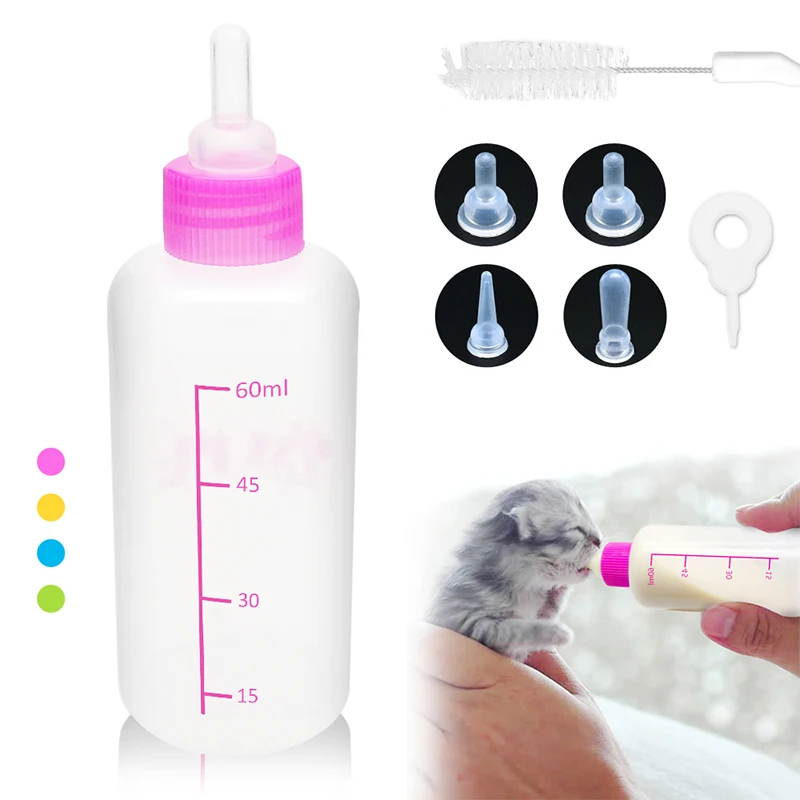 The Persian cat should be combed daily, carefully unraveling the tangles. Not
The Persian cat should be combed daily, carefully unraveling the tangles. Not
8 Peculiarities of caring for puppies of different breeds
eight Features of caring for puppies of different breeds By purchasing a puppy, you get not only a pet, but also a friend. Unfortunately, sometimes dog owners unknowingly harm their pets, because they do not know what kind of care puppies of a particular breed need. Often dogs
Special care for different breeds
Features of care for various breeds Persian cats have perhaps the thickest and longest hair among all breeds, so it is hair care that should be given special attention. The Persian cat should be combed daily, carefully unraveling the tangles. Not
Special care for hard coat
Features of caring for coarse hair Rigid outer, wiry hair reliably hides a short, dense and delicate undercoat.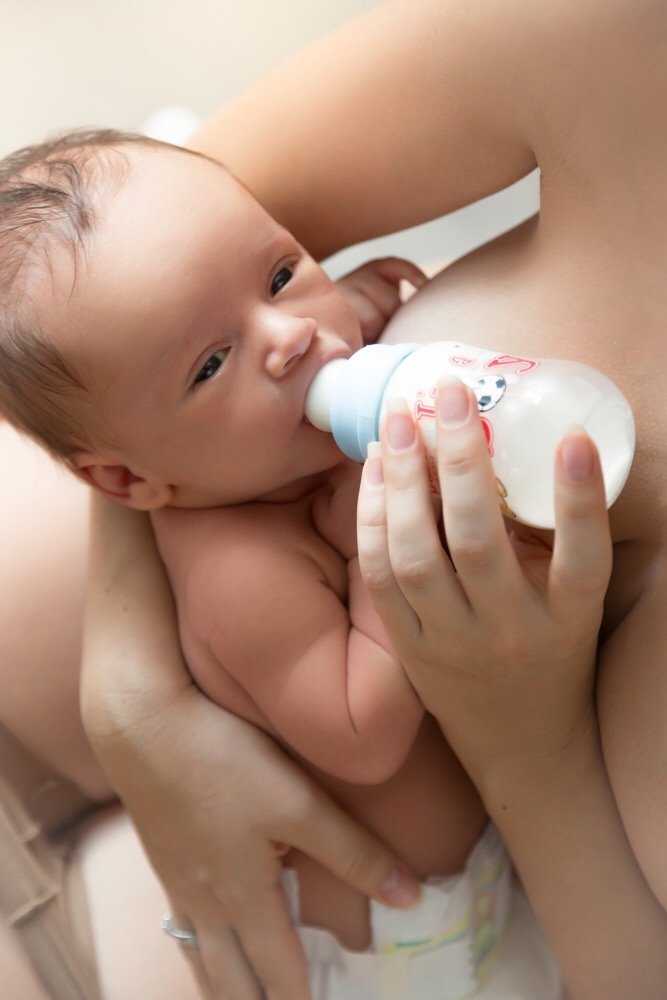 Such a cover well protects the dog from rain, cold and heat, insect bites and much more. Coarse wool almost no
Such a cover well protects the dog from rain, cold and heat, insect bites and much more. Coarse wool almost no
Features of keeping a puppy and caring for him
Features of keeping a puppy and caring for him The puppy requires constant attention, especially in the first days of life in a new
for him4 Hound breeds and their care
four Breeds of hounds and features of their care With the advent of new types of hunting in the Middle Ages, many new breeds of hounds were bred. Their appearance, as well as field qualities, largely depended on the tasks being solved, as well as on the characteristics of the terrain and the beast that lived there. AT
Special care during shedding
Features of care during molting Periodically, chickens molt - the replacement of old feathers with new ones.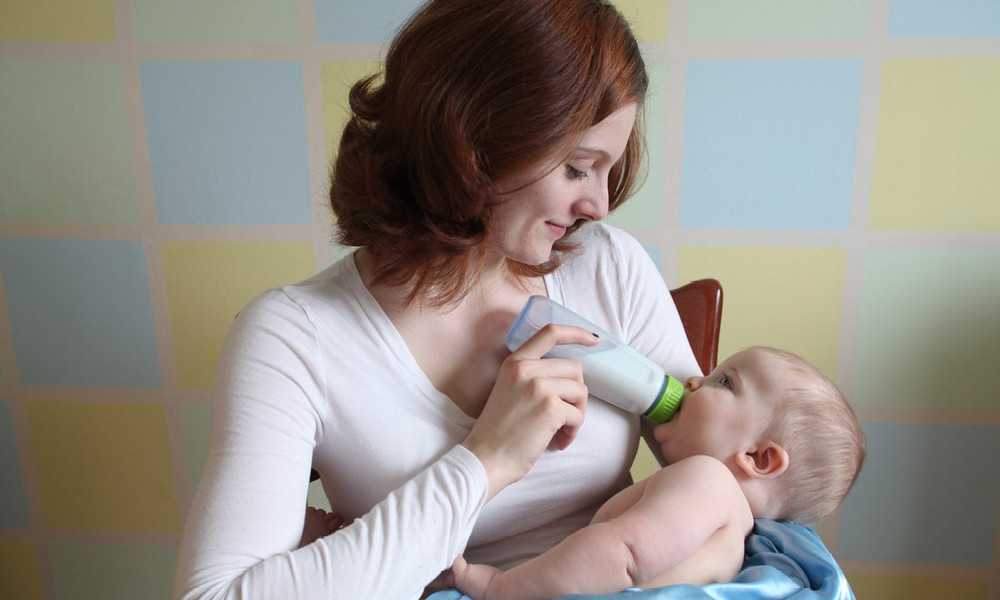 The replacement mechanism is due to the expulsion of old, dying feathers, new, growing ones. There are two types of molting - juvenile and
The replacement mechanism is due to the expulsion of old, dying feathers, new, growing ones. There are two types of molting - juvenile and
HELP! Mouse found. Need advice - 51 answers
On a sunny morning, Wednesday, November 7th, I decided to take a walk in the forest and collect the last mushrooms. She came to her favorite mushroom meadow and began to carefully peer at the leaves in the hope of seeing a brown cap. I didn’t have time to collect it in a frying pan and suddenly I see a gray, motionless lump lying on its side ... a tail in the blood and a nasty slug sits on its muzzle. Alive, I asked myself?????
I took a thick blade of grass lying nearby and pushed the slug off my muzzle. The mouse moved slightly. I realized that he was still alive, tiny, his eyes were still closed. Where is mom? Why is he lying alone in the blood in the cold? Maybe the dog ripped the hole?
I could not pass by, wrapped the mouse in a napkin and carried it home, not suspecting how difficult and how touching it is to take care of such crumbs :) Mi-mi-mi.![]()
At home, I started looking for advice on the Internet on how to be, what to feed, while putting the baby in heat. After a while, it was noticeable how the mouse was breathing, then he began to tremble. I gave him a drop of fennel tea. I was not sure that the baby would live until the evening. Then she acted more professionally, as advised on the Internet: a heating pad, cotton wool, a mixture (tea with fennel, kondensmilch (a type of milk), bio soy milk and a little bit of children's cereal flakes). As well as tummy massages. The whole family was fed every 3-4 hours. Every night I set my alarm and get up for the night feed.
I was constantly worried, I ate little, I ate a lot, whether the poop is watery, why I didn’t poop, whether I’m doing everything right. I have never had pets and have no idea how to take care of them, especially babies. But the mouse was not going to die. Every day he became more active, began to sit, crawl and even lick himself.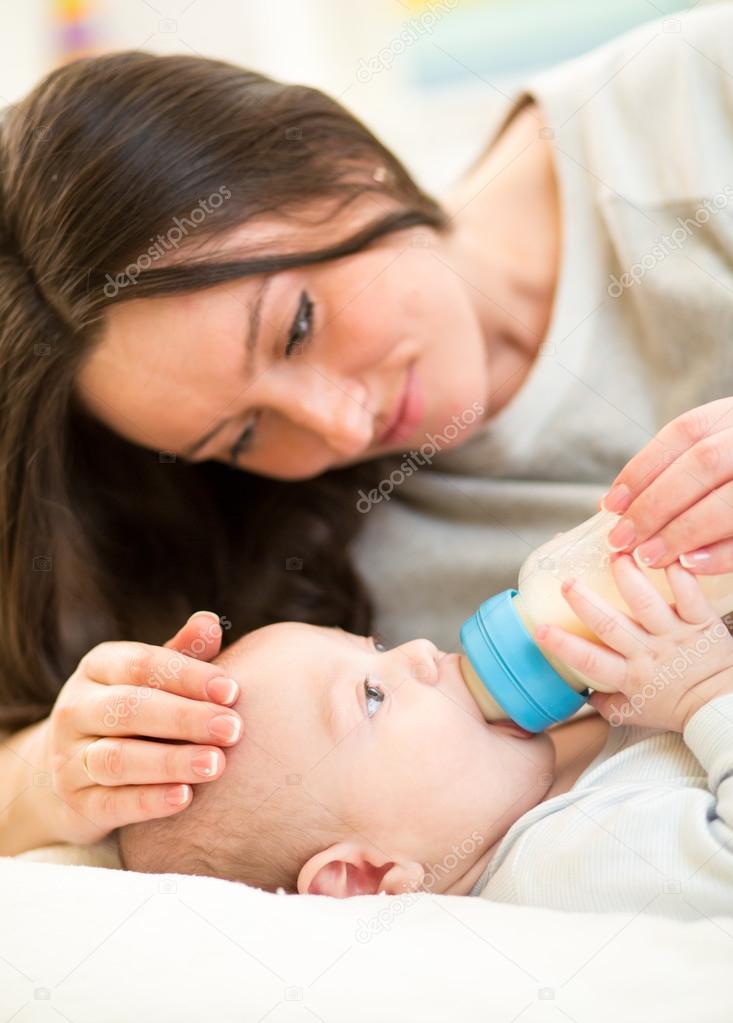 After a couple of days, we noticed how the mouse's ass had grown significantly))).😄 Can we feed? The husband is kidding, says that the mouse needs a diet. Calls fette Sau (fat pig).
After a couple of days, we noticed how the mouse's ass had grown significantly))).😄 Can we feed? The husband is kidding, says that the mouse needs a diet. Calls fette Sau (fat pig).
On the fifth day of life, an important event took place at our house, which clarified the situation a little. During feeding, at 2 o'clock in the morning, the mouse opened its right eye, looked at me, closed it and continued to lick the syringe. Then I realized that the most difficult phase was in the past, and the chances of survival increased for the mouse))). And he is about 12-14 days old!
The kid began to run actively. Feeding has become more difficult, but more interesting. This is such tenderness, as the baby sniffs out "milk", greedily grabs the syringe and tries to massage the air with its front paws. 😂
Today the baby ran up to her husband's arm and got into his shirt pocket 🤣. The husband did not even have time to come to his senses, how quickly it happened.

